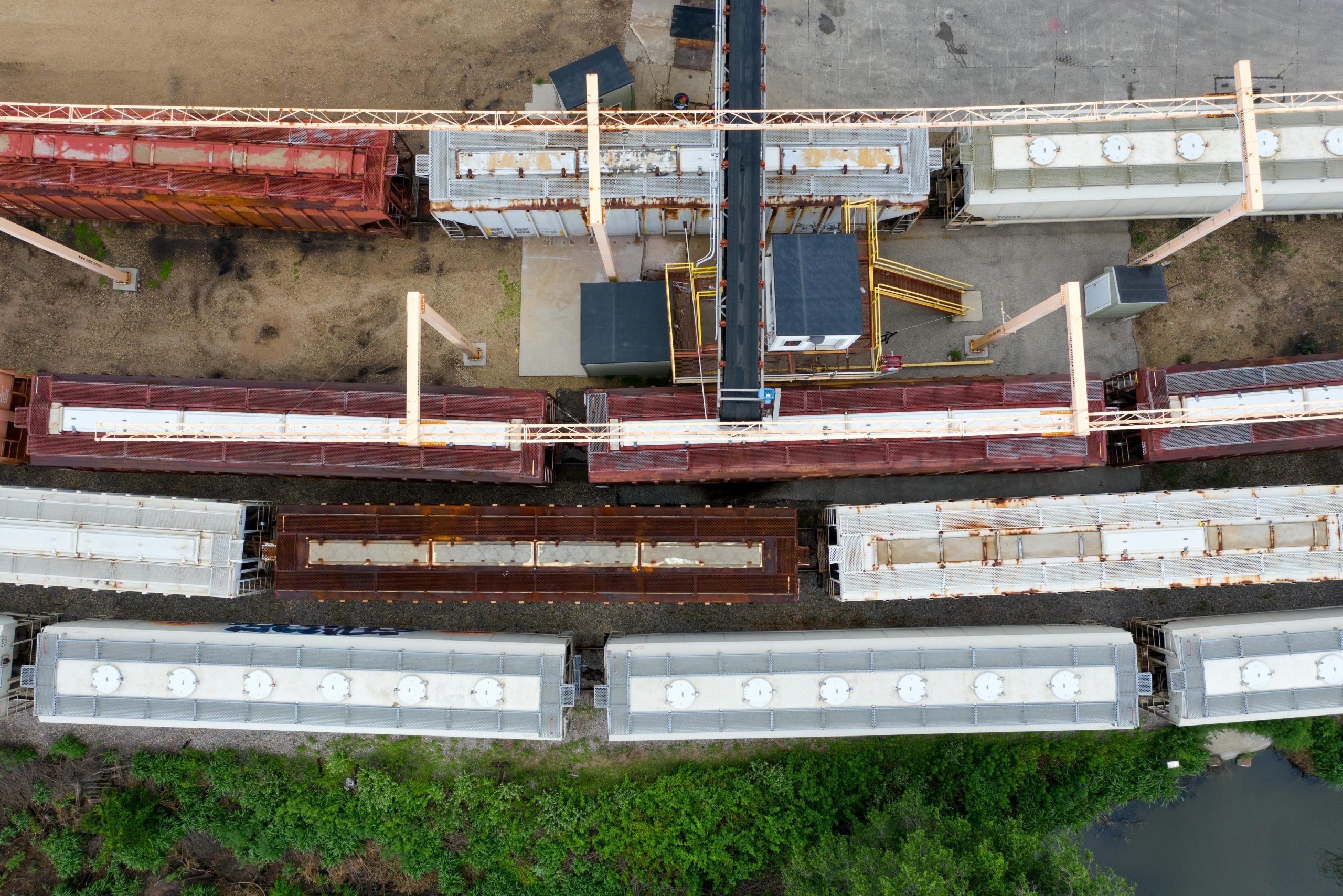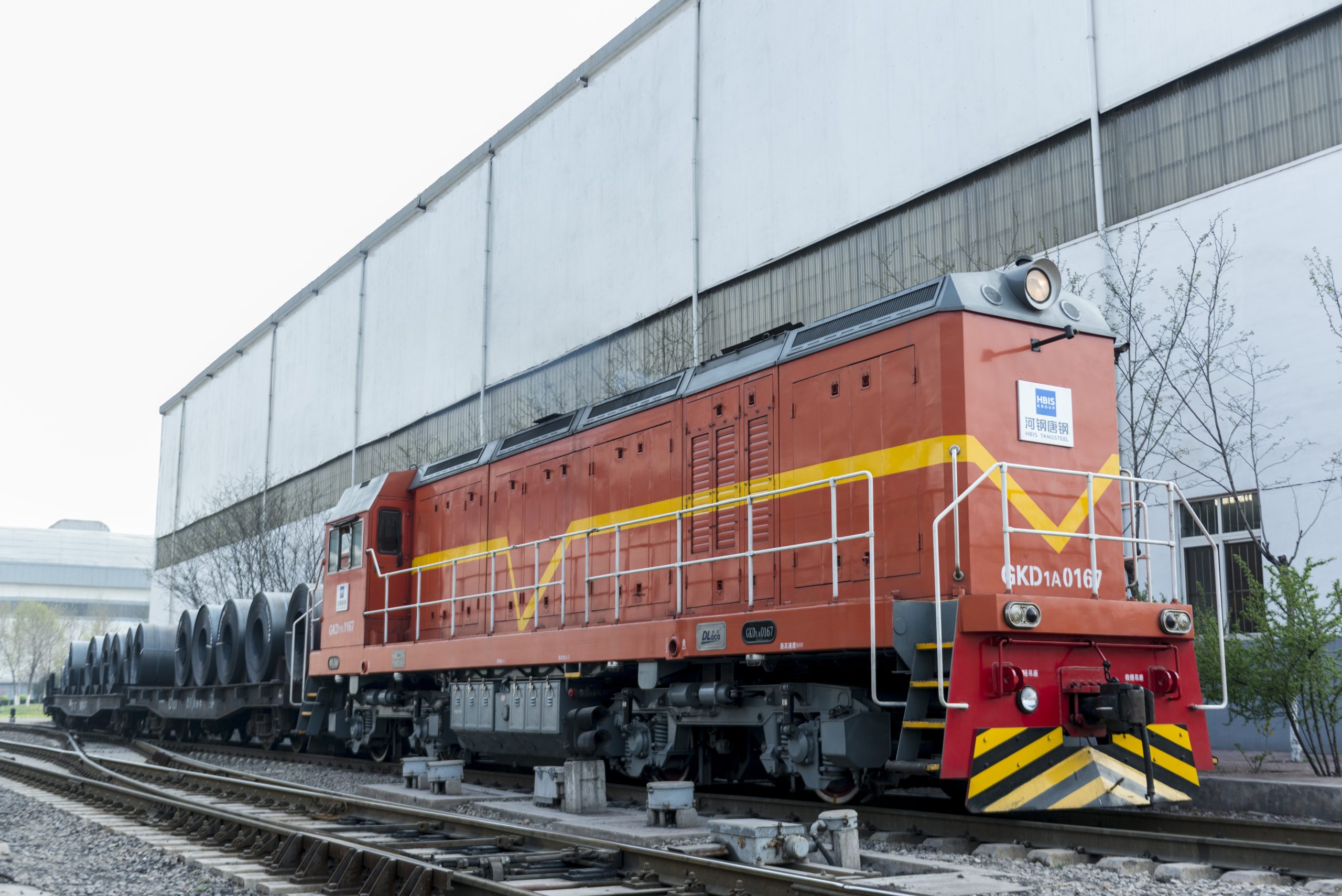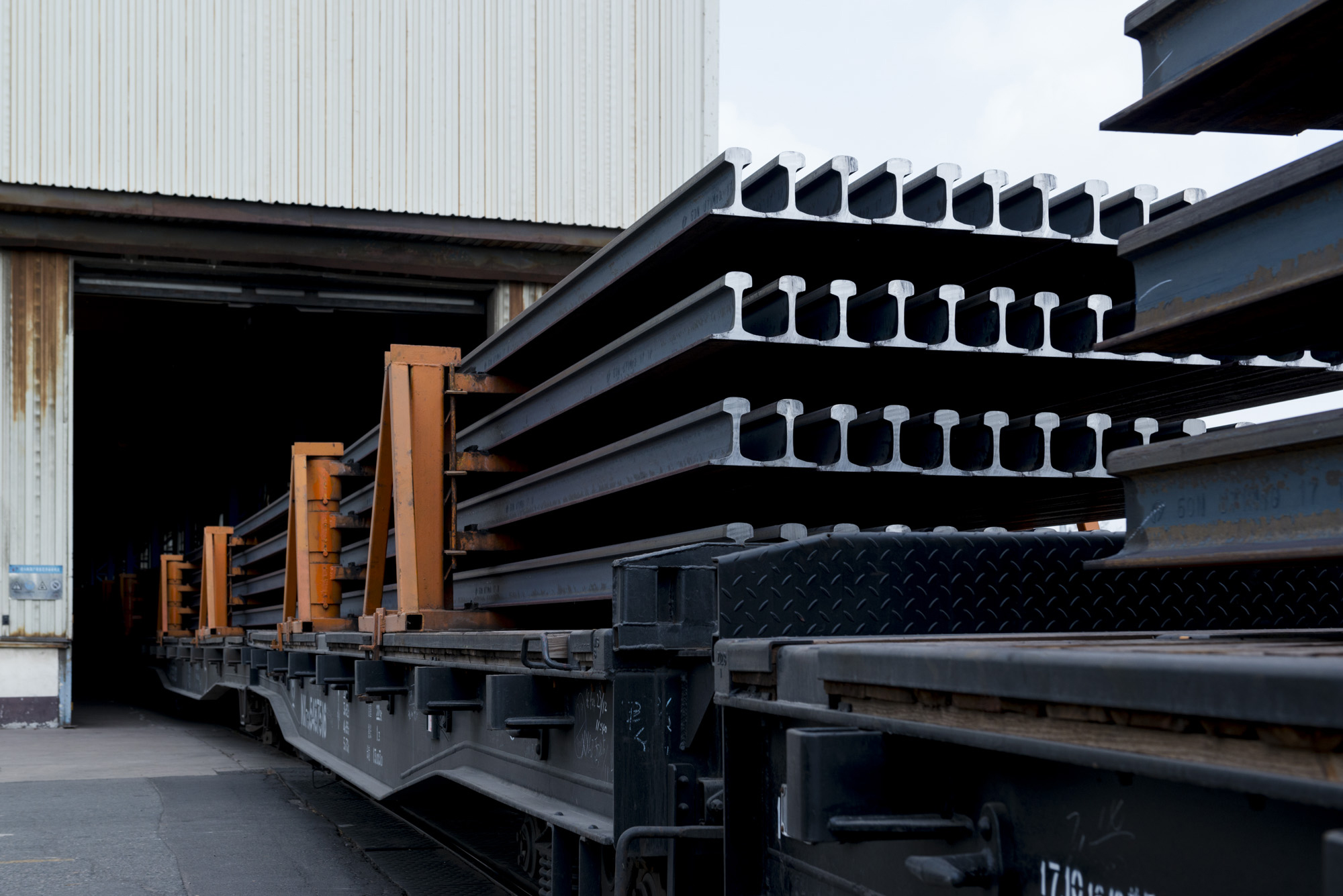By Pélagie Mepin-Koebel, Everysens
The masters of adaptation, strategy, and innovation in rail logistics
Steel logistics is a complex ecosystem where expertise makes all the difference. Logistics professionals navigate intricate supply networks, balancing multimodal transport, strict regulations, and timesensitive deliveries. Their deep industry knowledge enables them to handle oversized loads, hazardous materials, and compliance requirements with precision. This expertise extends to mastering multimodal transport, seamlessly coordinating rail, road, and waterways to ensure efficiency and resilience.
Each transport mode has its own set of challenges: rail offers high capacity but faces risks of delays, road transport is flexible but fragmented, and waterways provide sustainability benefits but have limited availability. Managing these flows requires logistics teams to address unexpected disruptions, aim at cost efficiency for each journey, and comply with strict regulations while meeting increasing customer expectations.
Rail transport, in particular, faces unique constraints beyond delays. Wagon availability, network congestion, last-mile connectivity, and infrastructure limitations all impact efficiency. Logistics teams must be able to anticipate these challenges and integrate them into their planning, ensuring that steel shipments remain on schedule despite fluctuating conditions.

In addition to their technical expertise, steel logistics teams excel at crisis management. Steel production follows a strict schedule, where delays can cause costly disruptions. Logistics professionals anticipate and resolve problems in real time, rerouting shipments and maintaining constant communication with all stakeholders. Their ability to interpret data, use historical knowledge, and make quick, informed decisions ensures production lines remain uninterrupted. ArcelorMittal [1] has integrated AI-driven analytics into its logistics operations, leveraging big data platforms to improve forecasting and optimize its supply chain. By combining AI insights artificial vision with predictive maintenance, the company is also improving safety, ensuring greater
efficiency, and minimizing environmental impact across its transportation network.
Before digitalization, decisions were based on field experience and instinct rather than historical data. With digital transformation, these skills are now enhanced by technological tools that capture field data in a centralized platform. When assisted by reliable data, decision-making becomes easier and more accurate. Tata Steel [2], for example, has embraced Industry 4.0 technologies, deploying IoT sensors and AI-driven predictive maintenance to optimize its logistics operations. By integrating data from multiple sources, the company has increased efficiency, reduced downtime, and improved overall supply chain performance.
From problem solvers to pioneers: The digital evolution of rail logistics
As digitalization reshapes the steel industry, logistics teams are moving from reactive problem solving to proactive optimization. They are no longer simply executing shipments but designing intelligent transportation strategies. Using AI-driven forecasting and real-time tracking, they analyze historical data, traffic conditions, infrastructure availability, equipment status, regulatory constraints, labor availability, and market demand trends to predict potential bottlenecks and smooth out rail traffic flows. This enables them to anticipate risks and adjust logistics plans accordingly, optimizing routes, scheduling, and resource allocation to improve efficiency and reduce delays.
Looking at other industries that are progressing in their digital transformation can provide valuable learnings for steel logistics. Agribusiness and building materials, for example, share key similarities with steel: they are large-scale industries that rely on complex logistics networks, handle massive transportation volumes, and require seamless coordination among multiple stakeholders. Both have leveraged digitalization to optimize rail freight and related operations, as well as address emissions
challenges. They offer insights that the steel industry can apply as it accelerates its own transformation.
Paper-based processes and phone calls are giving way to integrated digital platforms that centralize tracking, scheduling, and predictive analytics. Thyssenkrupp, for example, has deployed IoT-enabled tracking solutions to increase visibility across their multimodal supply chain and improve resilience and response time to disruptions. Rather than replacing human expertise, these technologies act as force multipliers, increasing visibility, simplifying workflows, and enabling smarter resource allocation.

Collaboration is also evolving. The future of steel transport depends on interconnected networks where rail logistics teams, railway operators, and customers not only share real-time data but also synchronize their actions to anticipate and prevent disruptions. By aligning schedules, proactively identifying potential bottlenecks, and dynamically adjusting transport plans, these teams create a more resilient and efficient supply chain that adapts seamlessly to market shifts and evolving customer expectations.
Digital consignment notes are becoming a game changer in the rail sector. Unlike road transport, where they are primarily used to speed up administrative tasks, in rail freight, they enable automated rebooking, faster customs clearance, and seamless multimodal transitions.
In the building materials industry, HeidelbergMaterials has implemented digital consignment notes to increase visibility, speed up deliveries and allow its logistics teams to spend more time on higher-value tasks. This sector has been at the forefront of rail digitization, largely due to its urgent need to address Scope 3 emissions, having already made significant progress on Scope 1 and 2. The steel industry, still primarily focused on Scope 1 and 2, is beginning to follow suit, adopting similar digital innovations to improve efficiency and reduce paperwork-related delays in rail freight.
Agribusiness is also undergoing a transformation in rail logistics. With a strong focus on sustainability, agribusiness companies like Viterra have prioritized digital solutions to enhance efficiency and reduce emissions in their supply chains. Viterra is now using a digital collaborative platform for its rail operations, making its whole rail processes more efficient, from order to invoice. Although dealing with different products and constraints, the steel industry could learn interesting lessons from its neighboring industries and their digitalization journeys to accelerate its own.
Steel transport and rail freight: Become the driver for change
To fully understand the transformation of steel logistics, the focus must shift to rail—the backbone of heavy industrial transportation. Rail freight remains essential for steel transport, and new technologies are unlocking even greater efficiencies. Real-time tracking through IoT sensors eliminates blind spots and provides live updates on the location, condition, and estimated arrival time of wagons.
Automation also plays a critical role. Digitizing all rail transport documents, including consignment notes and wagon damage reports, makes operations smoother, ensures compliance with legal requirements, and improves maintenance tracking. Digital consignment notes replace manual paperwork, speeding up customs processes and minimizing errors.
For example, Saarstahl Rail logistics team is preparing to deploy IoT-based and AI-driven transport and wagon management to enhance rail distribution to construction sites. These advancements will enable logistics teams to gain realtime insights, optimize wagon utilization, and improve fleet efficiency, while also reducing Scope 3 emissions.

Regulatory compliance is also a key driver of digitalization in rail logistics. As governments push for greener and more efficient transportation, new regulations make digital tools essential for tracking, reporting, and ensuring profitable operations. Automated documentation not only improves transparency but also ensures that logistics teams meet evolving regulatory requirements
while reducing administrative burdens.
The future of steel logistics lies in combining human expertise with digitalization. Teams no longer just manage flows: they anticipate them, optimize routes, and reduce CO2 emissions.
But digitalization is not just about the tools and the day-to-day work of teams. It is also about building a lasting legacy of knowledge for the industry and within companies. By capturing operational expertise and industry knowledge and integrating it into structured processes and collaborative systems, companies can preserve expertise and make it accessible to future generations of colleagues. This also makes the steel industry more attractive to young talent, who are drawn to workplaces where modern technology drives efficiency and innovation.
Real-time collaboration, automation, and intelligent forecasting are redefining rail transportation, making it more agile, resilient, and sustainable. Those who embrace these advances will shape a future where performance and responsibility go hand in hand, ensuring ever more efficient and environmentally friendly steel transportation.
[1] https://corporate.arcelormittal.com/media/cases-studies/building-a-business-that-capitalises-on-digital-opportunities [2] https://eoxs.com/new_blog/case-studies-successful-digital-transformation-in-the-steel-industry/
